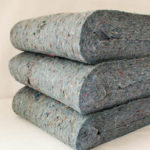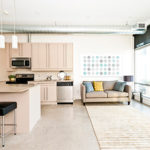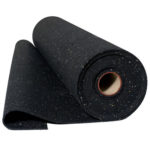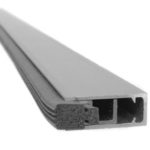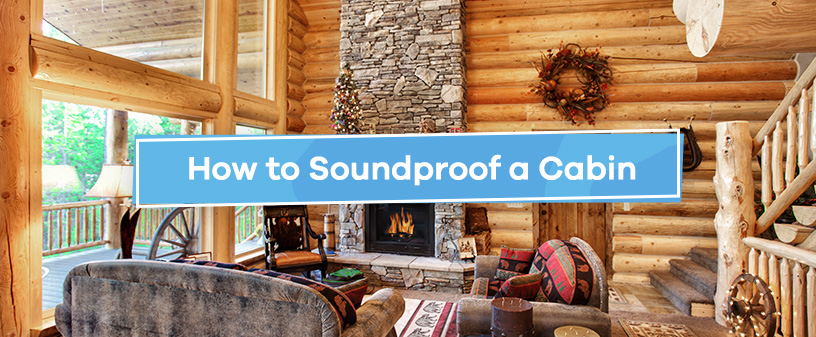
Soundproofing a log cabin can make the space more comfortable and enjoyable. Good acoustic quality will enhance any activities you do inside, whether you use a log cabin as a home or a separate music studio or office. You can add soundproofing during the building or renovation process or make minor changes without disrupting the existing home structures. Soundproofing and sound absorption can both improve your experience in a log cabin.
Soundproofing Solutions
Soundproofing solutions aim to confine sound within a space. Installing soundproofing solutions in a cabin can contain the sound in a specific room, preventing noise from entering or leaving. Soundproofing can improve privacy for a particular room or reduce noise coming from outside the structure. Here are a few ways to soundproof a log cabin:
- Insulate the walls: Add soundproof insulation to the walls to dampen sound in the interior and exterior walls of the cabin.
- Soundproof the ceiling: Options for soundproofing a ceiling include acoustic panels, clouds and soundproof insulation.
- Add flooring materials: Floor joist isolators or soundproof materials can stop sound from moving through the floor.
- Seal windows: Seal air gaps with an acoustic sealant and insulation tape. Use laminated glass for the highest level of sound reduction.
- Soundproof the doors: Add seals around the door frames, use acoustic caulk and add door sweeps on the bottom edges.
- Add mass: Use dense materials — like additional layers of drywall — in walls, ceilings and floors to reduce sound transfer.
Sound Absorption Techniques
Sound absorption techniques for log cabins focus on improving the acoustics or lessening background noise and echo in a room by absorbing extra sound waves. Sound absorption matters for spaces like offices or music studios that need a pleasant acoustic environment. Absorb sound with these techniques:
- Use soft furnishings: Rugs, thick carpets, curtains, blankets and upholstered furniture can absorb sound waves inside a cabin.
- Hang acoustic panels: Wall- or ceiling-mounted acoustic panels can reduce sound. Choose decorative options like art acoustic panels or wood panels to maintain an appealing look.
- Add irregular surfaces: Bookshelves, plants or other irregular surfaces can break up sound waves inside a room.
- Use acoustic partitions: Free-standing panels provide a flexible solution for blocking sound inside a log cabin.
What Solutions Are Best for Your Situation?
The solutions you choose to soundproof a log cabin may depend on your particular situation and the level of soundproofing or absorption you want. Insulation or floor joist isolators must be installed during building or renovation. They require prior planning and typically provide the highest level of soundproofing or absorption.
If you need a temporary solution with minimal changes to your cabin, add acoustic panels, use seals around doors or purchase a moveable acoustic partition. These solutions provide soundproofing or absorption without changing your log cabin’s structure and internal components.
Soundproof a Log Cabin With Soundproof Cow
Whether you live in a log cabin or use one as an additional office or studio space on your property, soundproofing and absorption can improve the structure’s acoustics and reduce outside noise levels.
At Soundproof Cow, we offer solutions to help you soundproof your log cabin. Moove toward a more peaceful space by browsing our products or contacting our team online.





